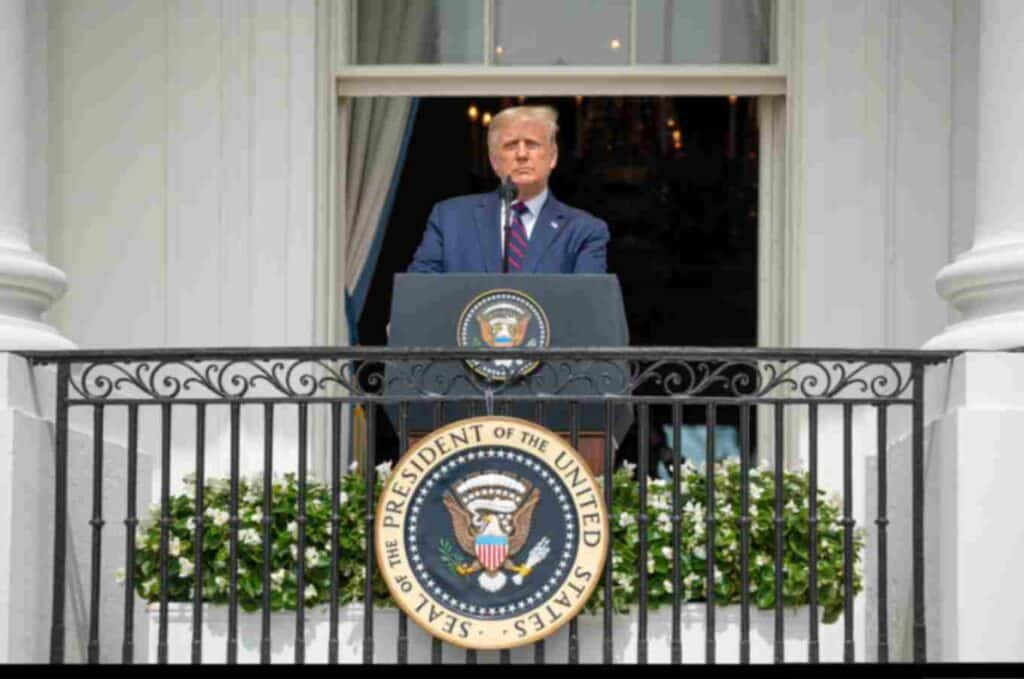While United States equities took a historic beating this week after President Donald Trump’s sweeping new tariffs, one major asset class barely flinched—Bitcoin (BTC).
Notably, at a time when all the major indices recorded massive capital outflows, Bitcoin showed resilience, a move mirrored across the broader cryptocurrency market.
As of press time, Bitcoin was trading at $82,427, down just 0.49% over the past seven days. In the past 24 hours, the flagship digital currency has slipped a modest 0.5%.
In contrast, weekly index performance paints a bleak picture: the S&P 500 is down 8.21%, the Dow Jones has dropped 7.4%, and the Nasdaq fell 8.4%.
The cryptocurrency titan showed surprising stability throughout the week, briefly surging to nearly $88,000 on April 2 before cooling off. Despite the pullback, Bitcoin has remained largely range-bound and resilient, showing signs of decoupling from broader market turmoil.
Wall Street analysts have warned that Trump’s tariffs could reignite inflationary pressures, further impacting the stock market.
Why Bitcoin defied tariffs sell-offs
Several factors may explain Bitcoin’s short-term resilience. Trump’s tariffs, aimed at reducing the trade deficit, have raised concerns about retaliatory measures from major trading partners, potentially weakening the dollar’s dominance and boosting demand for Bitcoin as a digital gold alternative.
Notably, gold surged to record highs above $3,000, indicating an ongoing flight to non-fiat stores of value.
Still, Bitcoin’s resilience isn’t guaranteed based on how the asset performed during the week. The maiden digital currency dropped from a high of $88,000 to $81,200 earlier in the week, reflecting some risk-off sentiment. But its swift rebound signals a shift in investor behavior.
Experts note that while tariffs may drive inflation, the crypto market has remained relatively stable, likely due to Bitcoin’s weaker correlation with tariff-sensitive sectors like manufacturing and tech.
The unveiling of concrete policy details on “Liberation Day” may have also reduced uncertainty. Some institutional investors, such as Strategy (NASDAQ: MSTR), saw the pullback as a buying opportunity.
What next for Bitcoin
While uncertainty lingers in the equities market, Bitcoin seems to be banking on continued price appreciation.
That possibility is evidenced by on-chain data shared by cryptocurrency analyst Ali Martinez on April 6, who noted that over 91,900 BTC have been withdrawn from cryptocurrency exchanges in the past month.
Such an outflow often signals rising investor confidence and a bullish long-term outlook, as traders typically move Bitcoin to cold storage when they intend to HODL rather than sell, with some analysts projecting a $150,000 price target.
Featured image via Shutterstock








